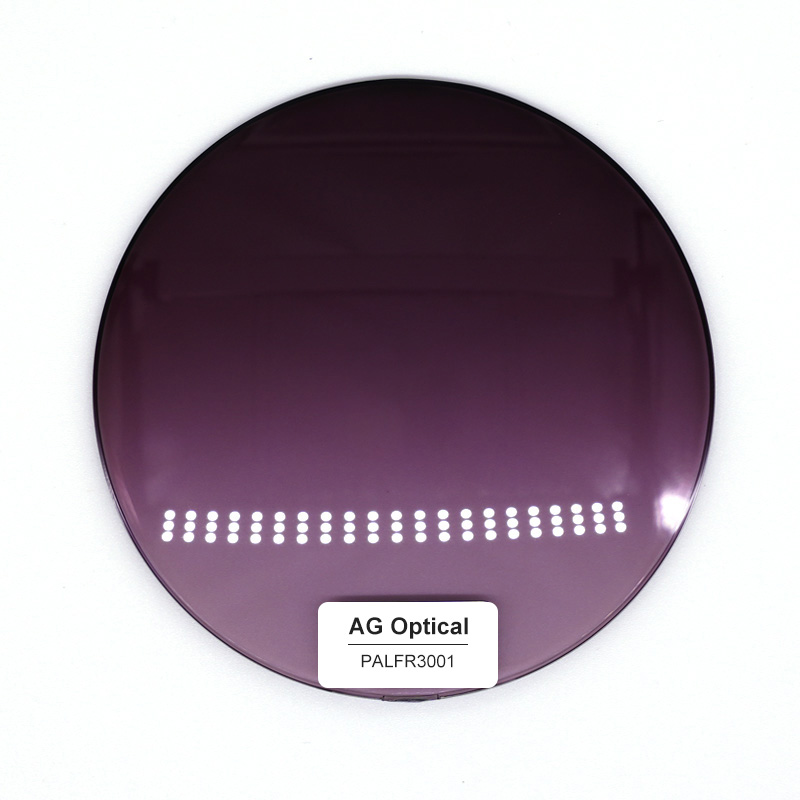Sunglasses commonly used international UV protection standards
Preventing ultraviolet rays from harming human eyes is the most basic requirement of functional sunglasses. Let's take a look at the current international standards for UV protection of sunglasses. There are three main UV protection standards for sunglasses:
1 Australian Standard:
The Australian Standard is the world's first national/regional standard for the UV protection rating of sunglasses. According to the light transmittance of the lens, it is divided into 5 grades. Grade 0 is the weakest, which means it provides partial UV protection and anti-glare; Grade 4 is the strongest, which fully filters ultraviolet rays and strong light, but it cannot be worn while driving.

2 European standards:
The European standard is divided into 4 levels, "0" means insufficient UV protection, "2" means full UV protection, "6" means excellent UV protection, and "7" means "full" that is no more than 5% UV Can see through lenses. Lenses that meet this standard are allowed to use the "CE" mark. It is for the convenience of ordinary people to choose.
European standards also make it mandatory to print the classification number on the frame. Category 0 light transmittance 80%-100%, suitable for fashion or indoor use; Category 1 light transmittance 43%-80%, low sunlight intensity use; Category 2 light transmittance 18%-43%, medium sunlight intensity; Category 2 3 light transmittance 8%-18%, strong light, water or snow reflective conditions; classification 4 light transmittance 3%-8%, professional use on mountain or glacier terrain, can not be worn while driving.
3 American standard:
The U.S. standard is formulated by the U.S. Food and Drug Administration (FDA). The light transmittance of sunglasses lenses under the U.S. standard is divided into 3 grades.
According to American standards, for each grade of sunglasses lens, it should ensure that the light transmittance does not exceed the maximum light transmittance and the transmittance does not exceed the visible light transmittance of the lens. And in the high-speed test, a 1/4-inch (6.35 mm) steel ball is fired at the lens at a speed of 150 feet per second (45.72 m/s). To pass these two tests, no part of the lens can touch the eye .
